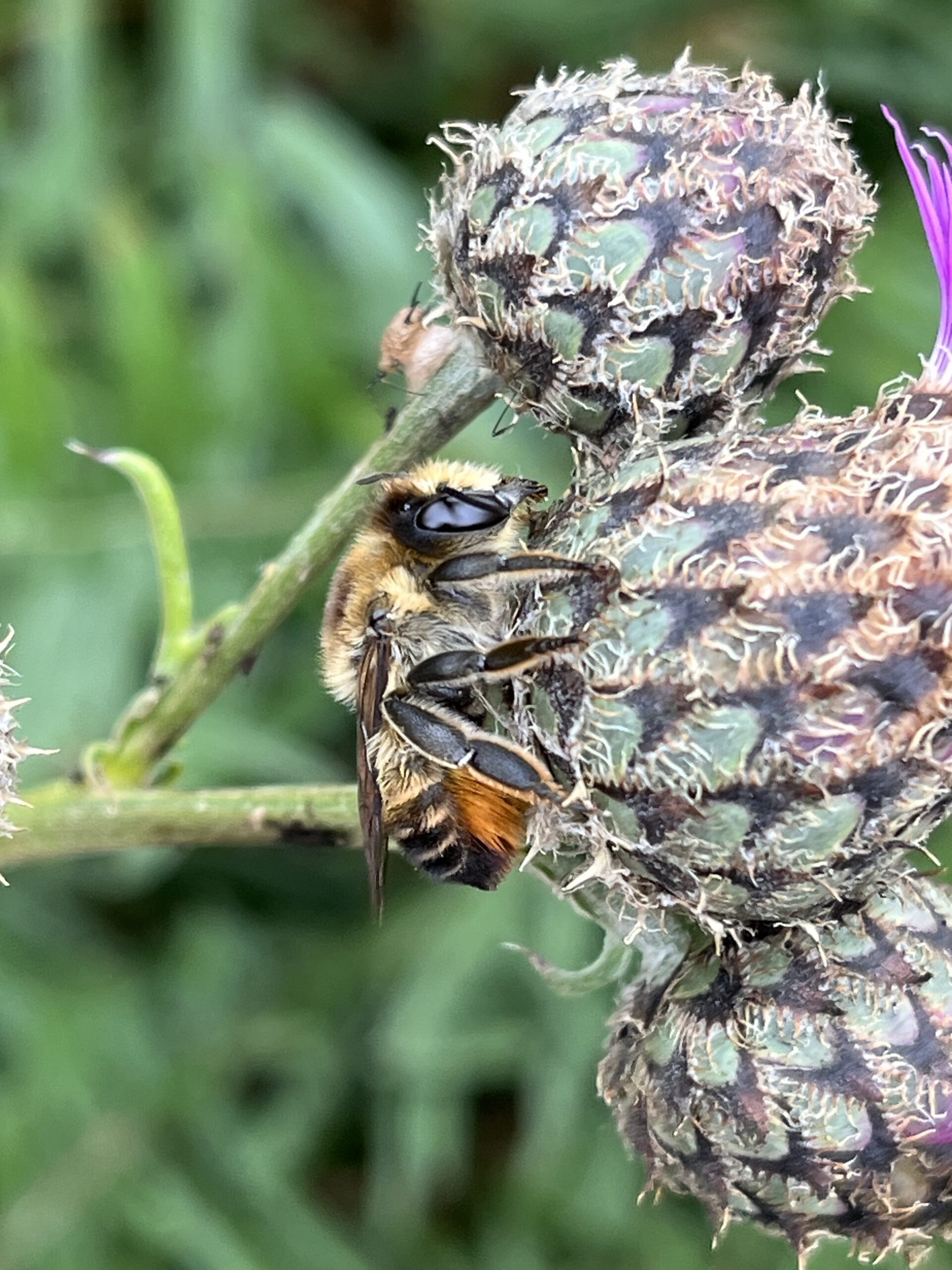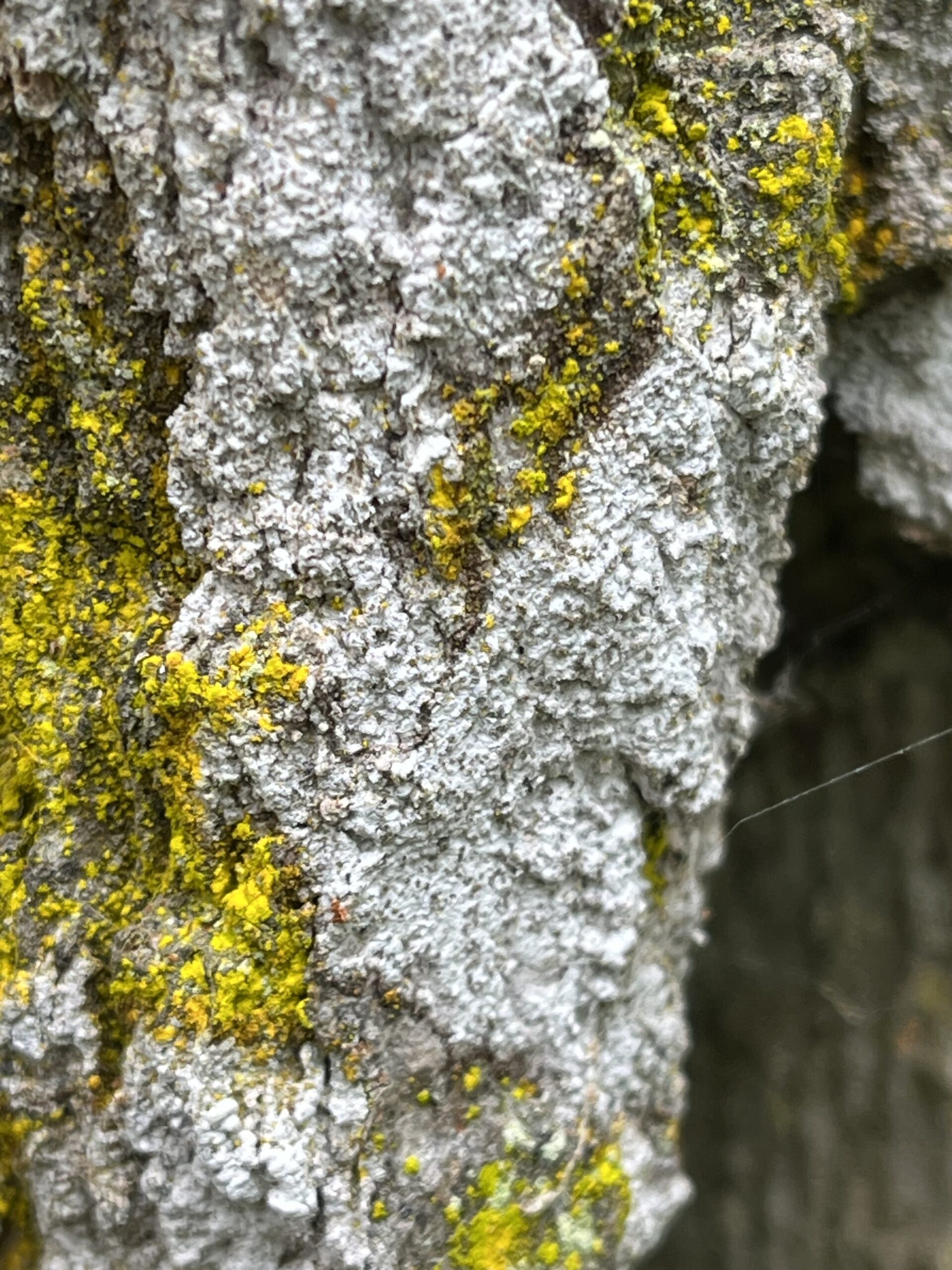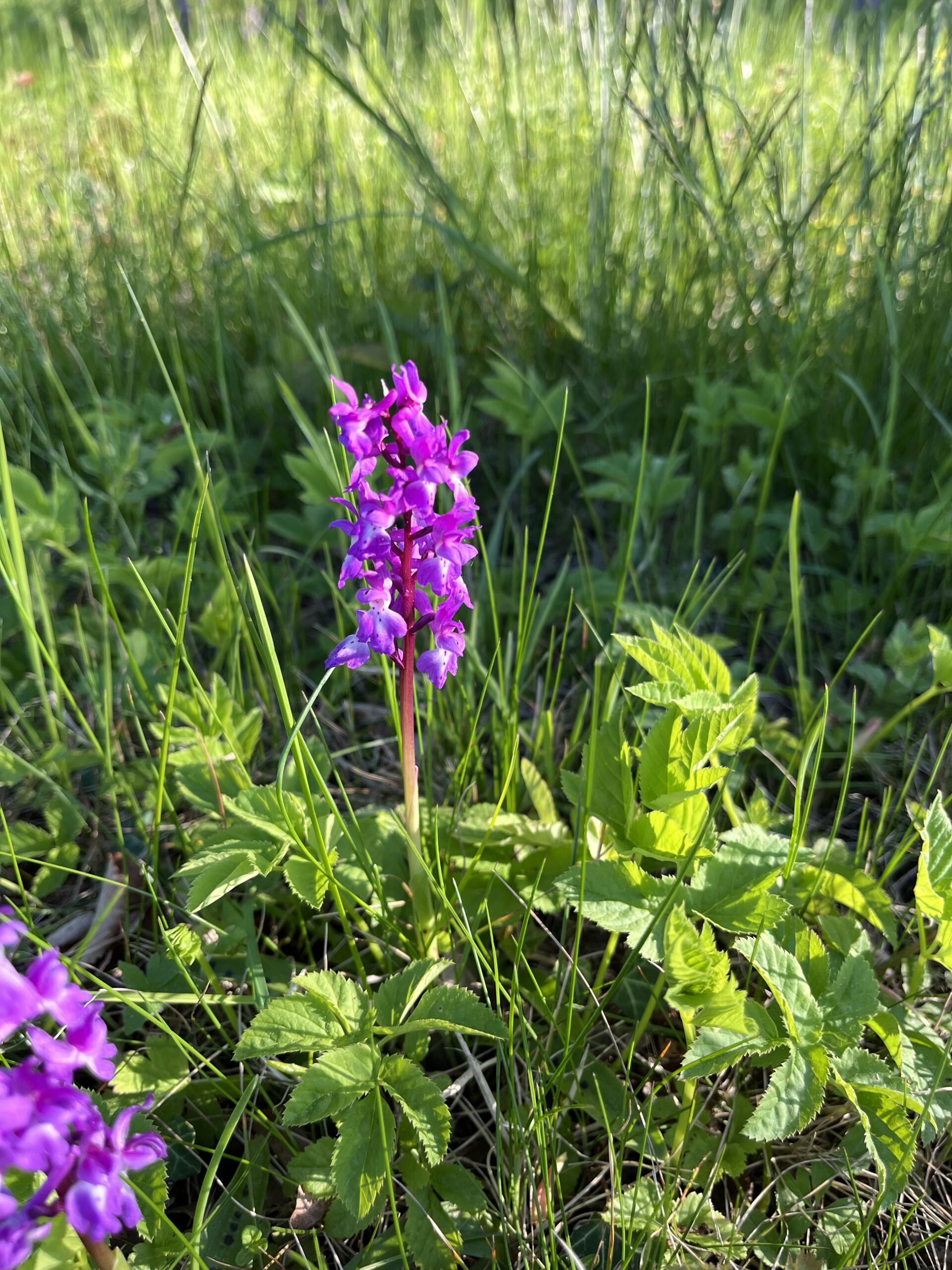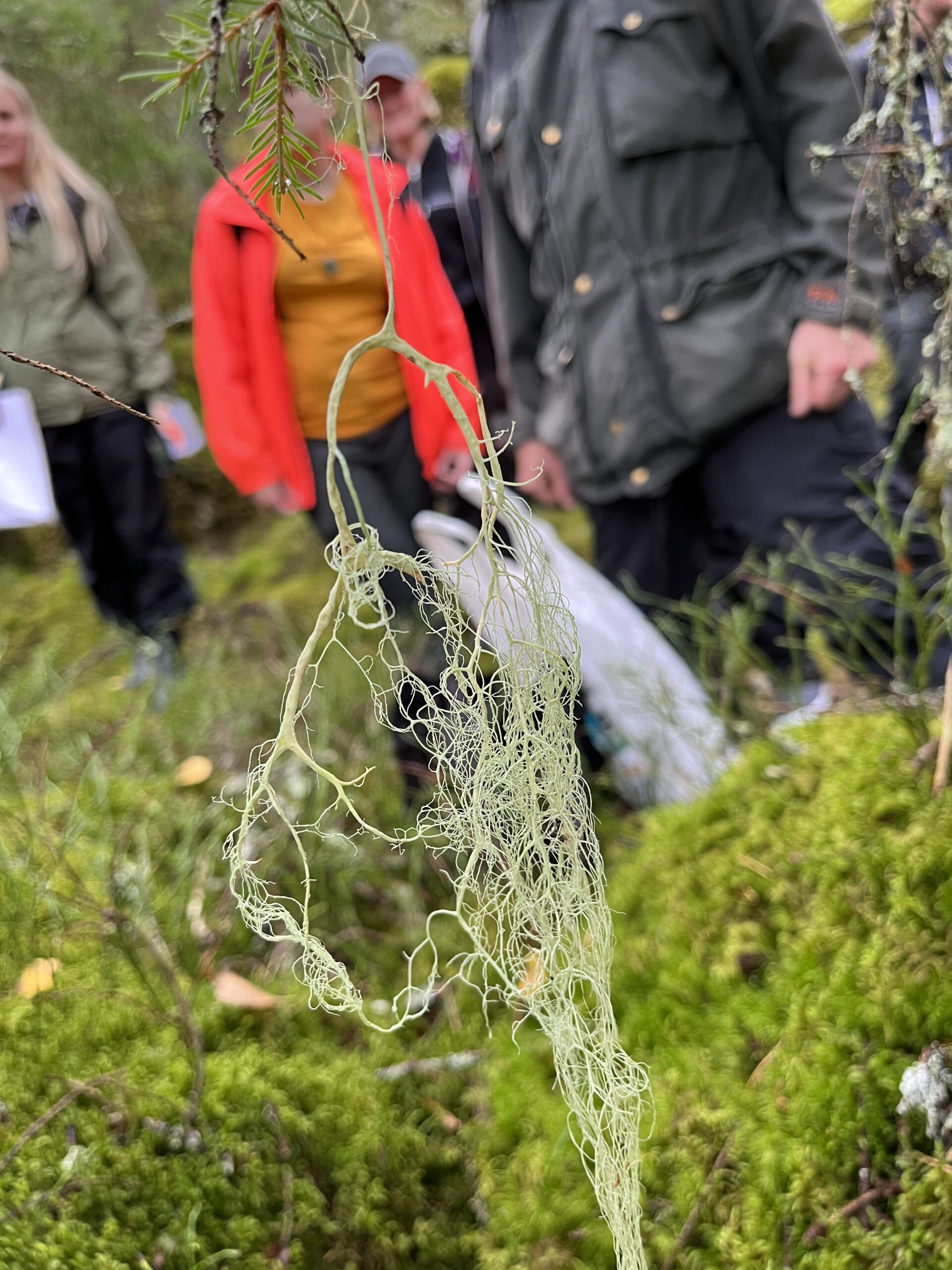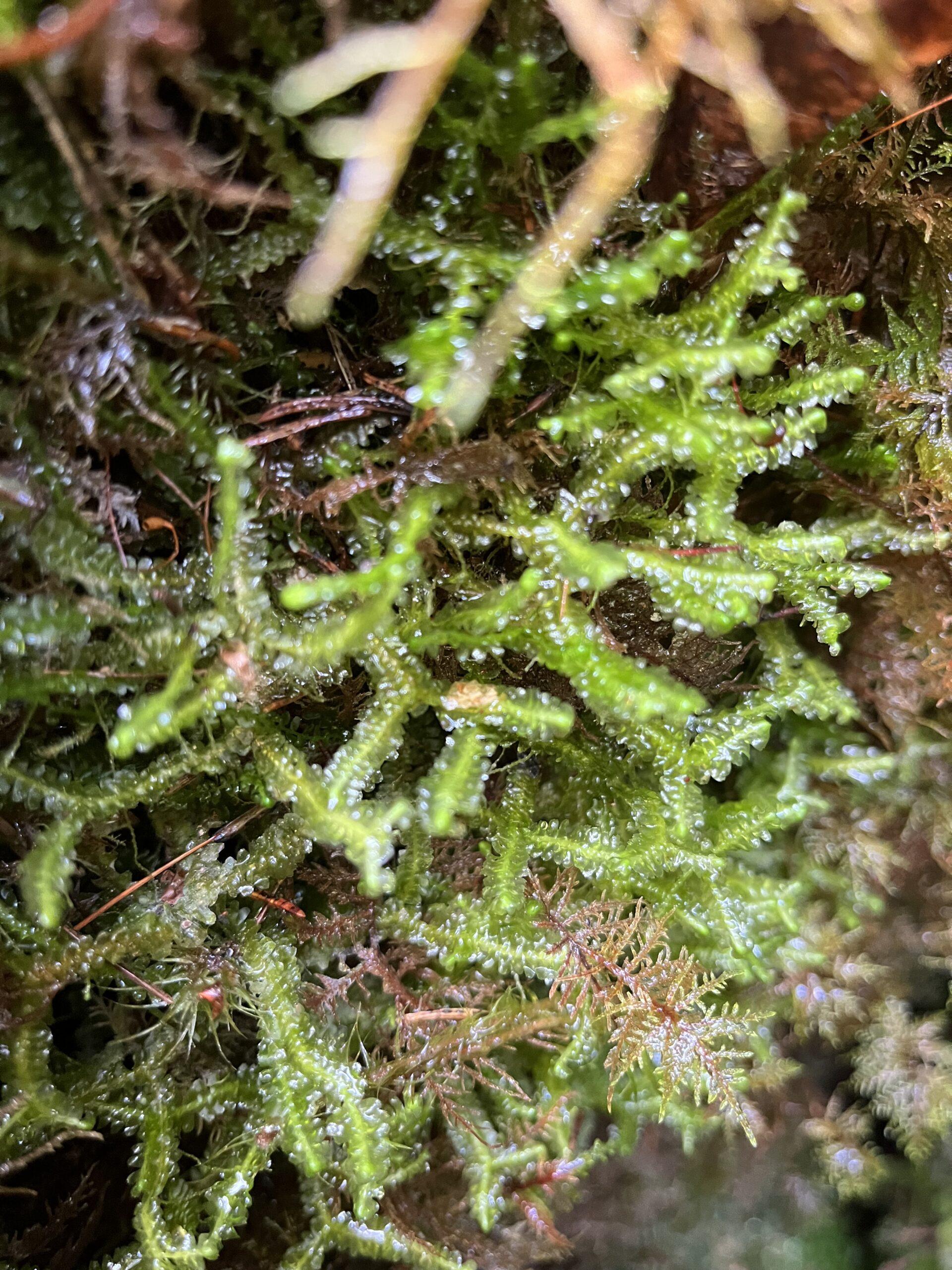EXPLORING THE OCCUPANCY AND HABITAT PREFERENCES OF MEGACHILE LAGOPODA IN ÖSTERGÖTLAND
EXPLORING THE OCCUPANCY AND HABITAT PREFERENCES OF MEGACHILE LAGOPODA IN ÖSTERGÖTLAND
OVERVIEW
Madita’s master’s project focuses on the distribution, occupancy, and habitat preferences of the Near Threatened (NT) bee Megachile lagopoda in Östergötland, Sweden. This research investigates the effects of patch size and isolation on the species, as well as its reliance on specific pollen plants.
Key Objectives

Determine the current occupancy of large leafcutter bee across various habitats in Östergötland.

Explore how patch size and isolation influence the presence and abundance of this species.

Identify key pollen plants and their availability in different habitats.
Key Findings
Current Distribution: Megachile lagopoda has experienced a dramatic decline since the 1950s, but recent findings suggest a re-expansion in certain areas.
Impact of Patch Size and Isolation: The study found that larger and less isolated habitat patches support higher occupancy rates of Megachile lagopoda.
Essential Pollen Plants: The bee relies heavily on certain plants like Centaurea scabiosa (greater knapweed) for pollen, highlighting the importance of these plants in its habitats.
CONSERVATION IMPLICATIONS
conservation implications
Habitat Management: Conservation strategies should focus on preserving and enhancing habitats with essential pollen plants and ensuring connectivity between habitat patches to support the bee’s re-expansion.
Late-Season Mowing: Implementing later mowing schedules in areas with high concentrations of key pollen plants can help protect the foraging resources necessary for Megachile lagopoda’s survival.
Habitat Management: Conservation strategies should focus on preserving and enhancing habitats with essential pollen plants and ensuring connectivity between habitat patches to support the bee’s re-expansion.
Late-Season Mowing: Implementing later mowing schedules in areas with high concentrations of key pollen plants can help protect the foraging resources necessary for Megachile lagopoda’s survival.
project significance
Madita’s project emphasizes the importance of understanding habitat preferences and resource dependencies of threatened species like Megachile lagopoda. The findings can guide conservation efforts to improve habitat quality and connectivity, thereby supporting the resurgence of this important pollinator.
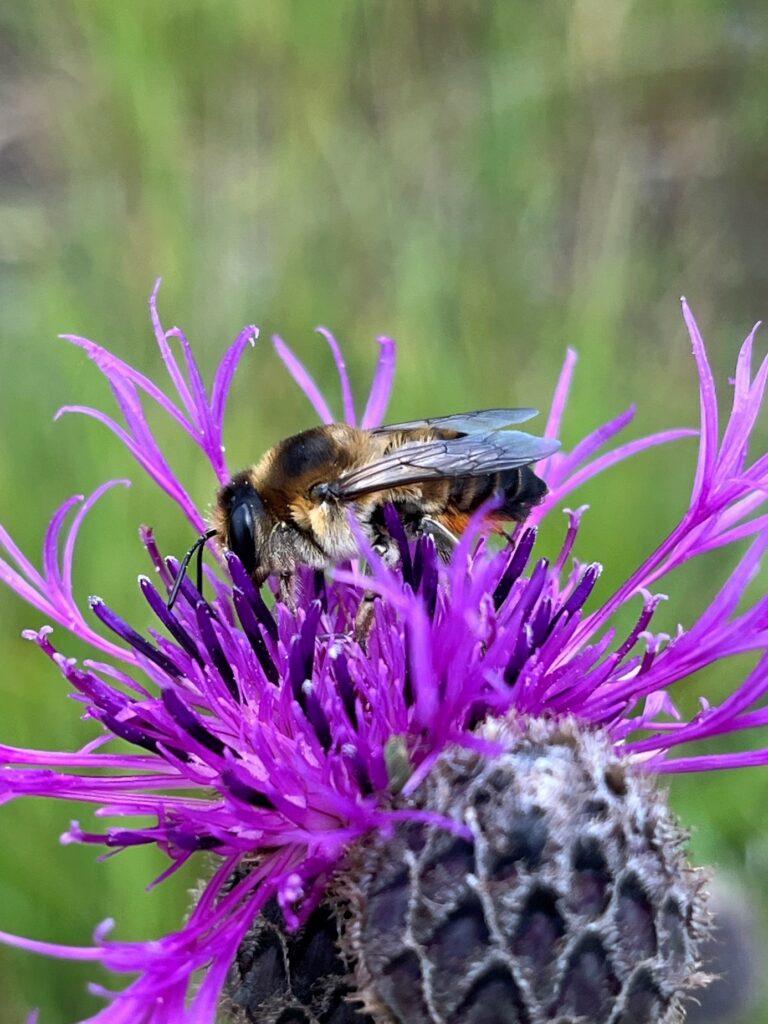
Madita’s project emphasizes the importance of understanding habitat preferences and resource dependencies of threatened species like Megachile lagopoda. The findings can guide conservation efforts to improve habitat quality and connectivity, thereby supporting the resurgence of this important pollinator.

